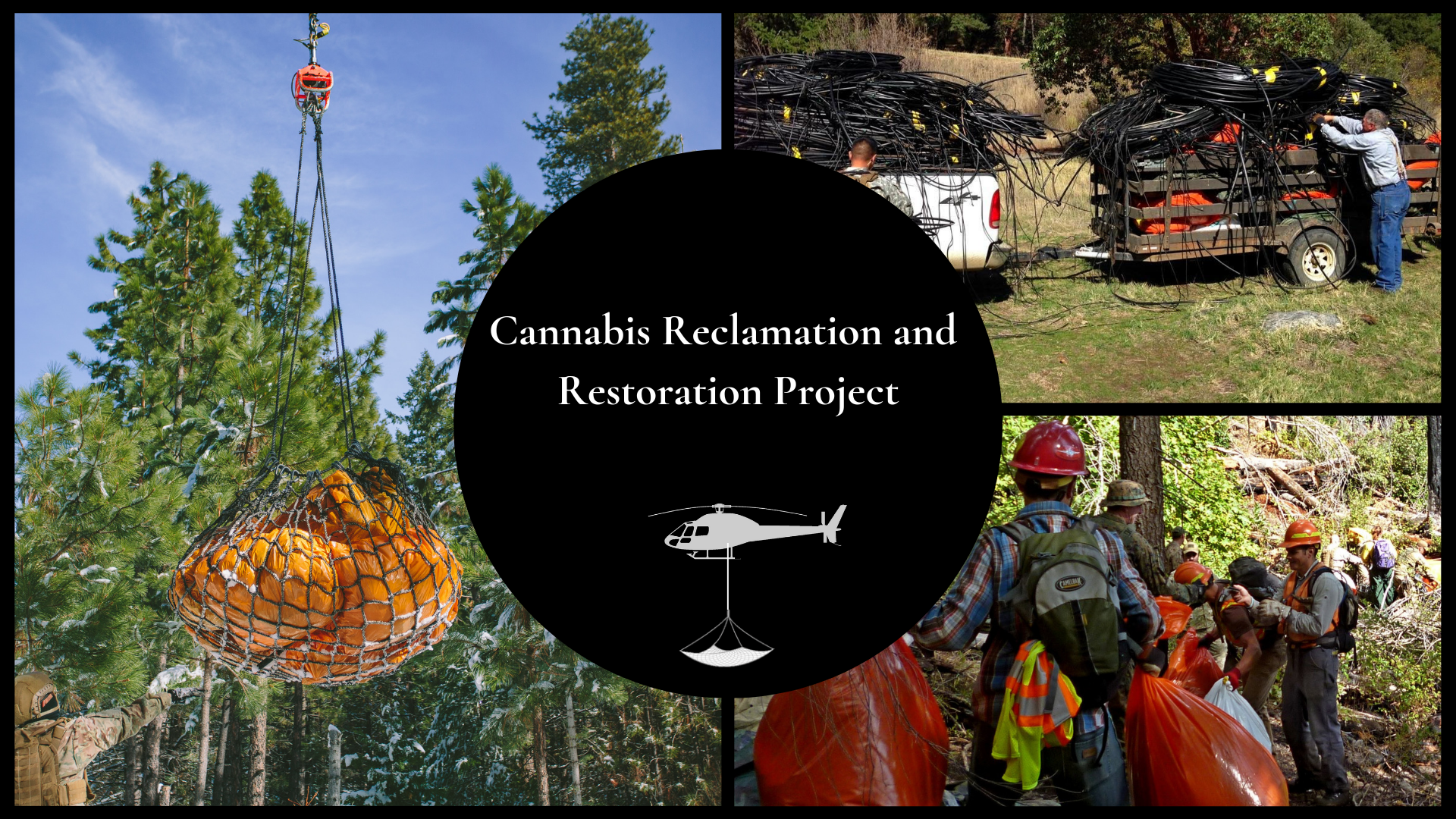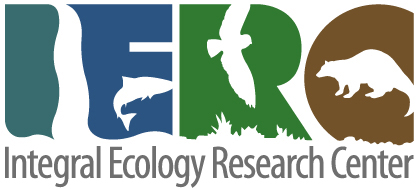
Illicit cannabis cultivation has nefarious impacts to the environment. Water theft and stream diversions, clearing of native riparian and forest vegetation for the increase of solar input for cannabis plants, the use of toxic pesticides to promote plant growth and deter wildlife, and an abundance of food refuse habituating wildlife to humans abound across western forests where this activity occurs. Sadly, the removal of these active threats on California’s landscape is poorly funded or addressed. It is estimated for every cultivation site that is removed from California’s forests, several more remain on the landscape with no support to undertake remediation or restoration efforts. IERC is one of the few leaders in the western United States who are familiar with, trained and qualified to mitigate and remove these threats in order to allow the landscape, wildlife, and fish to return to their natural states. To date IERC has assessed and removed the cultivation infrastructure and refuse at over 150 cultivation sites in California. It is estimated that there are over 2,000 historical sites remaining unreclaimed, with a potential annual input of 300 cultivation sites in California that still need to be addressed.
Objective: IERC scientists alongside close collaborators are engaged in a multi-regional effort to offset these deleterious impacts with a goal of remediation and restoration of every last illegal cultivation site that remains. Efforts include the removal of active water diversions, removal and disposal of food and infrastructure refuse, and the mitigation of all hazardous chemicals. IERC is building coalitions to tackle this momentous task through working with qualified, local restoration groups, along with county, state and federal partners as a holistic approach with locally-engaged people. We view this approach as a way to empower local citizens and organizations to address these impacts within their own forests and watersheds in their backyards.
Time Frame: IERC initiated this project in 2013 and it will continue as long as funding is available and unreclaimed sites remain on our forests.
Project Support: California Department of Fish and Wildlife, United States Forest Service Law Enforcement and Investigations, United States Fish and Wildlife Service, Plumas and Lassen National Forests, Rocky Mountain Elk Foundation, The Nature Conservancy
Collaborators: The Watershed Research and Training Center, Trinity County Resource Conservation District, California Conservation Corps, The Hoopa Tribe, High Sierra Volunteer Trail Crew’s Environmental Reclamation Team, Neon Raven Story Lab, Eel River Watershed Improvement Group
